Magnetic Money
It’s true, money is magnetic! You’ll need to get your hands on a super strong neodymium magnet to uncover an amazing secret.
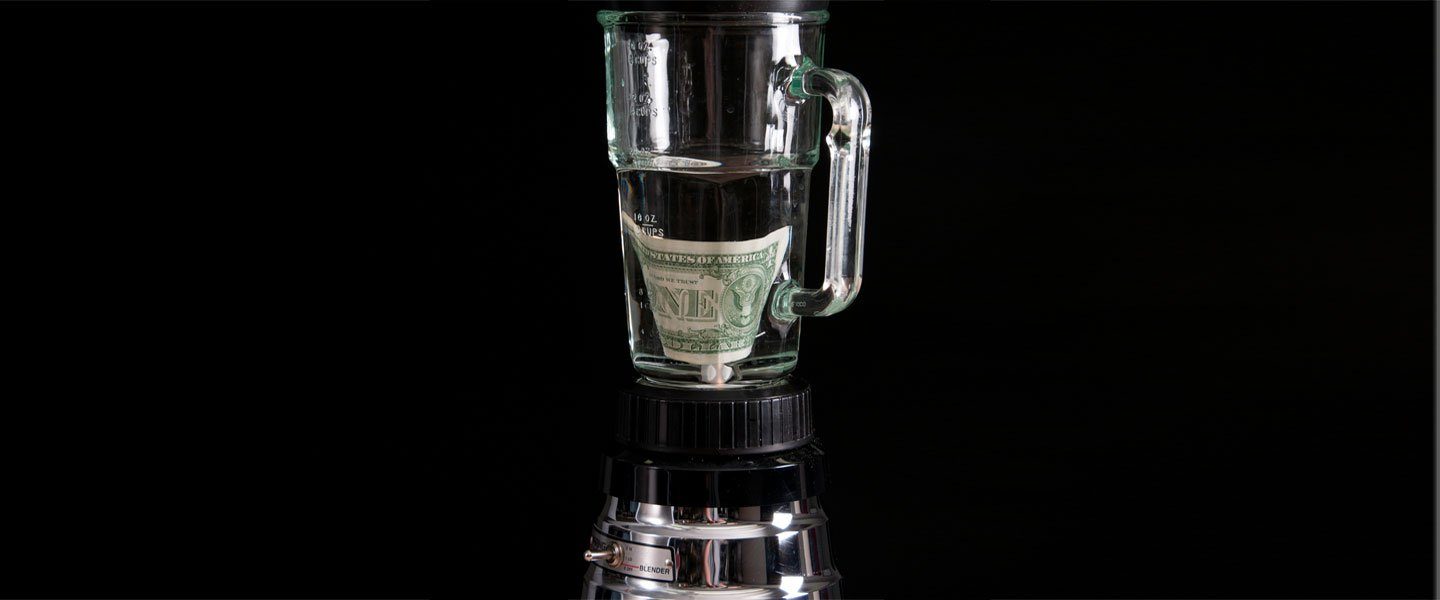
It’s true . . . some money is magnetic. Vending machines will sound an alarm if an ordinary piece of paper is inserted into the slot in place of a real bill. If there’s iron in a US dollar bill, the only logical question for science enthusiasts is, “How can I get the iron out of that dollar bill?”
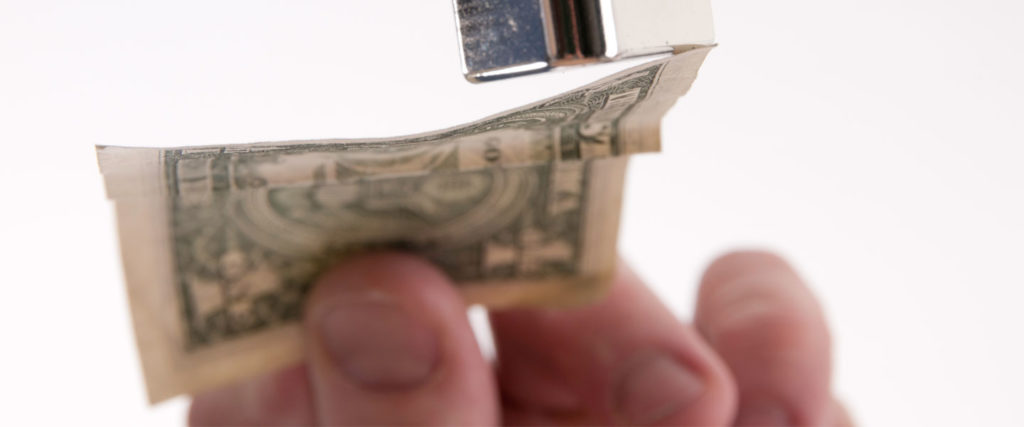
You’ll need a dollar bill. Now, you could just dig down deep into your own pocket to find a bill, or you could take our advice and borrow the bill from a friend. Hey, why should you have to provide the entertainment and pay for it too? Hold the neodymium magnet near the bottom of the bill. Notice how the bill is attracted to the magnet.
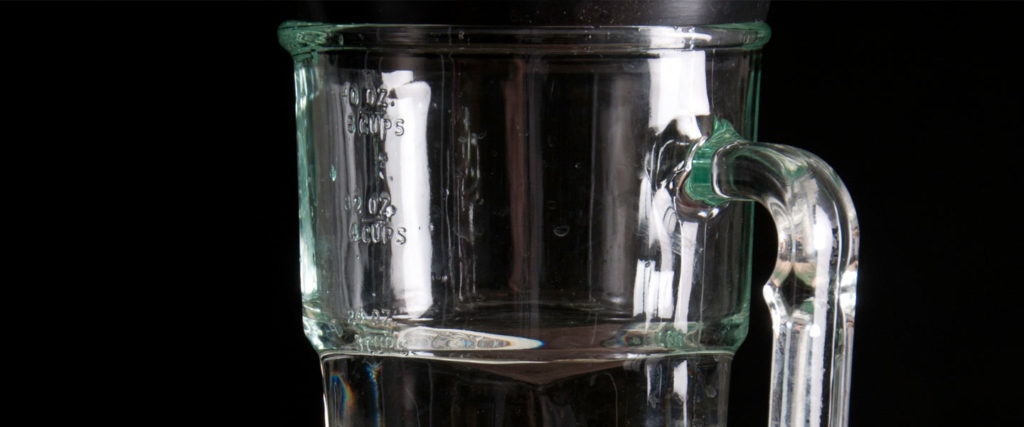
Fill the blender one-half full with water (between 3 and 4 cups). Be sure to ask an adult for permission to use the blender.
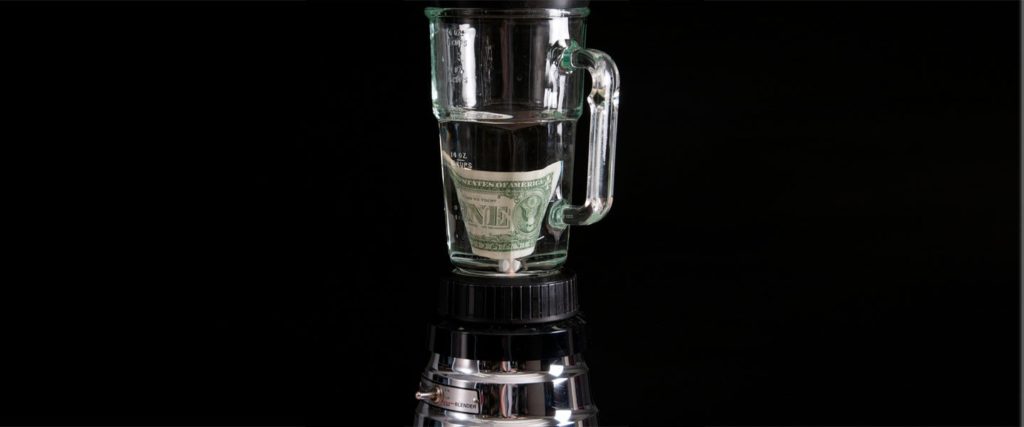
After the dollar bill has been thoroughly examined to verify that it’s real, drop the bill into the blender and put on the lid
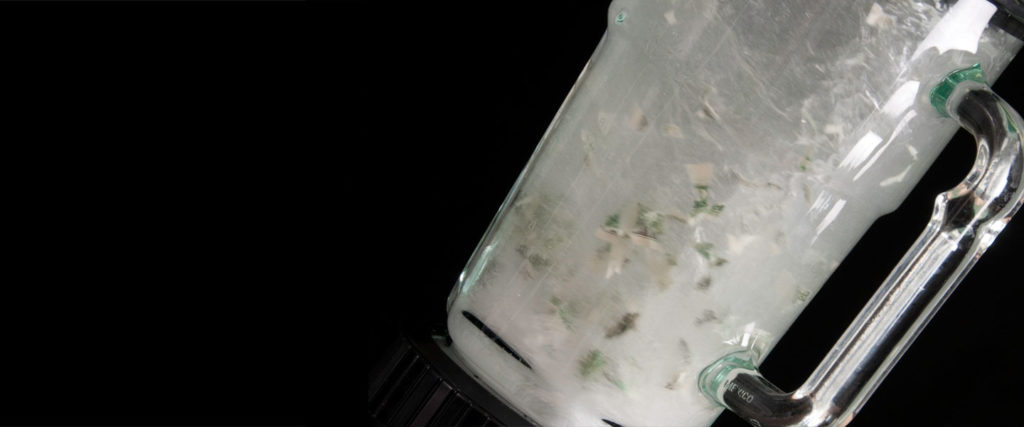
What’s next? Make dollar-bill soup! Grind it, blend it, or liquefy it—just make sure it’s torn into thousands of little pieces.
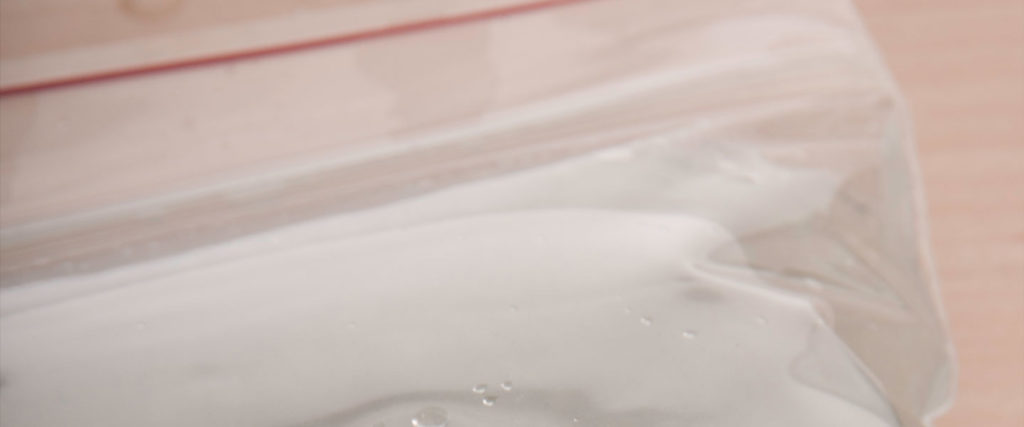
After the blender has been grinding away for about a minute, turn it off and pour the contents into the ziplock plastic bag. Seal the bag.
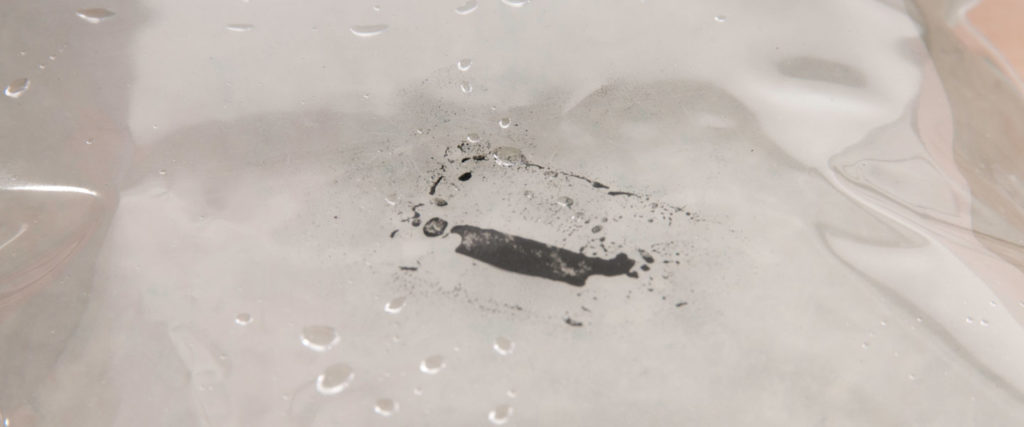
Place the neodymium magnet in the palm of your hand and place the bag of money soup on top of the magnet. Place your other hand on top of the bag and rock the slurry back and forth in an effort to draw all of the iron to the magnet. Flip the bag over and look closely at the iron that is attracted to the magnet. You can slowly pull the magnet away from the bag to reveal the iron.
It’s really very simple. The government uses specially made magnetic inks to print money. This makes it easy for vending machines to “read” the dollar bills, for example, and for banks to determine if money is real or counterfeit. The blender does a great job of tearing up the paper and releasing the magnetic ink into the water. Of course, metallic iron does not dissolve in water; instead, it floats around waiting for a magnet to pull it away from the fibers of the paper.
Here’s an interesting question: is it okay to destroy a dollar bill? The destruction (or “mutilation” which has a cool, dangerous ring to it) of paper money by artists, magicians, performers, origami enthusiasts, mad scientists, and everyday folks has been around ever since someone dreamed up the idea of printing bills. So, go ahead, blend way! Just don’t try to put that cash smoothie back into circulation–or you might find yourself explaining the science of magnets to the Secret Service.
It’s easy to suggest repeating the experiment with a $5 or a $10 bill, but don’t waste your money. A higher dollar amount doesn’t mean a higher iron content.
Magnets come in all shapes, sizes, and strengths. Ask at your local hardware store for a strong magnet for a science experiment. The strongest magnets in the world that are available to folks like us are called neodymium magnets. Neodymium is a chemical element with the symbol Nd and atomic number 60 (just in case you were wondering). These so-called rare earth magnets are ten times stronger than standard ceramic magnets and are commonly used in speakers and computer disc drives. For the purpose of this science activity, common household magnets just aren’t strong enough to attract the iron found in a dollar bill. Head out to the hardware store and ask the magnet master for a rare earth neodymium magnet. besides, you can use the magnet to stick an entire phonebook to your refrigerator.
A meteorite hit my house!
It’s true. Your house has probably been bombarded with hundreds, maybe thousands, of meteorites and you survived the impact. Granted, the meteorites were small in size . . . so small you’d need a microscope to see them, but the house was hit just the same. Chances are, your house has been hit by a few thousand micrometeorites, and you’ll be able to find a few if you know the secret place to look.
How to use a super-strong neodymium magnet to find meteorites.
The next time it rains, place a bucket under a drain spout in order to collect a good quantity of rain. Get rid of the leaves and other big debris and then sift the remains through a bit of old window screen. What you’re after is so small that you’ll need a very strong magnet (like a neodymium magnet) to find them. Use this super-strong magnet to determine if any of the remaining particles contain iron. Those particles may be space dust, also known as micrometeorites. And you thought we were kidding!